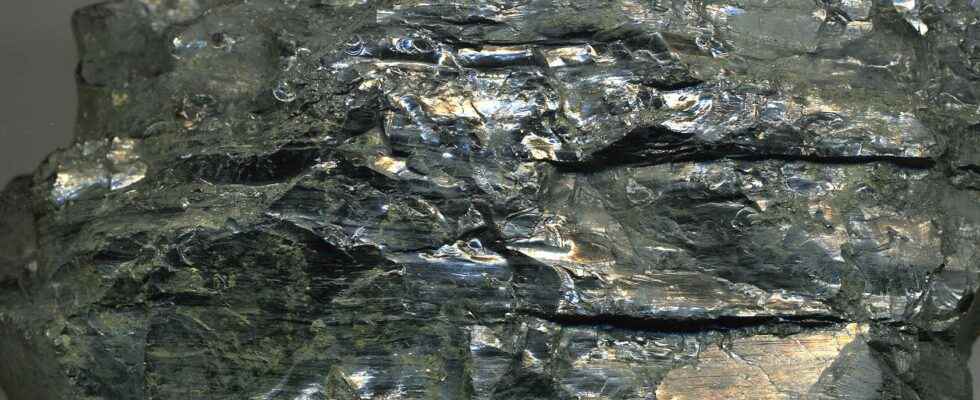Where does charcoal come from? The largest deposits began to form 360 million years ago. Discover without delay the secrets of the formation of coal.
You will also be interested
[EN VIDÉO] anthracology: the archaeological study of charcoal Anthracology is a discipline of archaeobotany specializing in the study of charcoal. It provides a better understanding of the daily life of a historic site. In this video, Inrap tells us more about this original activity.
the coal (also called “charcoal” to differentiate it from “charcoal of drink ”) is the result of the transformation of materials vegetable organics. It is therefore composed of hydrogen, sulfuroxygen and especially carbon.
Origin of coal and types of coals
When biomass vegetation is covered with water and suffocated by sludge and sandsit gradually sinks into the ground and is transformed, under the effect of a temperature and a pressure growing, in sediment.
There are different types of carbon depending on the carbon concentration:
- The cellulose which is the main component of wood, goes through different stages of sedimentation.
- Peat is a poor fuel that contains only 55% carbon.
- the lignite contains up to 75% carbon and is mainly used in industrial boilers.
- The coal can be nearly 90% carbon rich.
- The final stage of sedimentation is reached with anthracite, the pure carbon concentration of which is 95%.
Coal formation, quality and use
The quality of the coal, or its organic maturity, therefore depends both on the physico-chemical conditions which presided over its formation but also on the time granted to the development of the coal. sedimentation process.
Today, the use of this energy source is debated: its reserves are greater than those of the oil but its environmental balance is very unfavorable (atmospheric pollutants, CO2).
NB: it is a question here of “charcoal”, to be distinguished from “charcoal” (see video below about charcoal).
Interested in what you just read?
